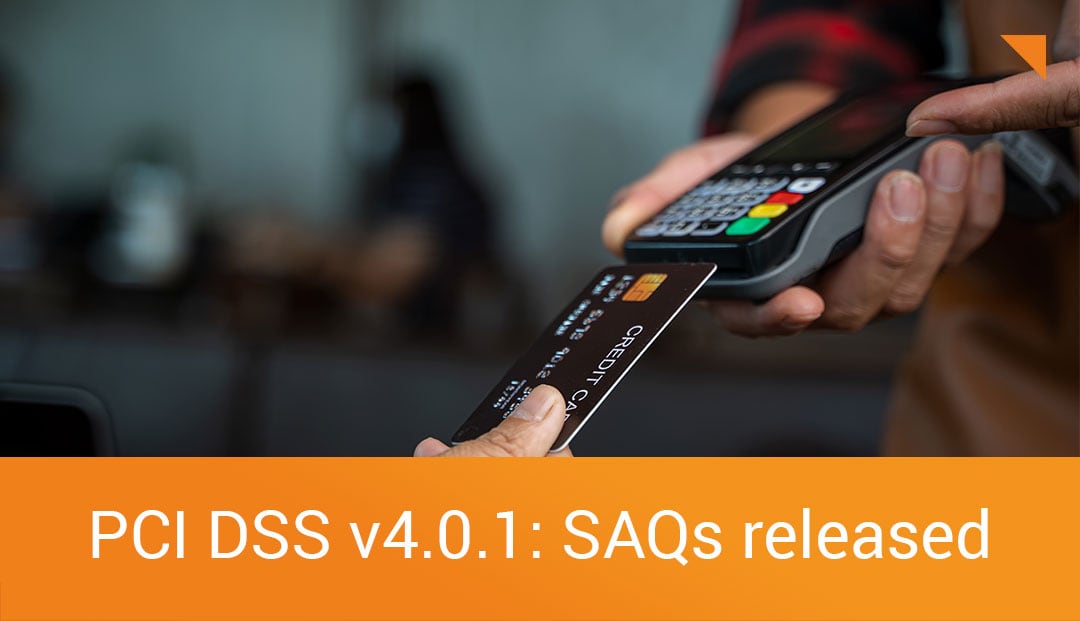A proactive protection against hacker attacks is essential, especially for systems and applications that are accessible from the Internet. A penetration test, or pentest for short, and security scan are frequently requested IT security analyses in this context, however they are often mixed up.
Sebastian Düringer, Senior Consultant at usd HeroLab and responsible for our Security Scans, summarizes for us the essential characteristics of the two analysis methods, points out differences and possible scenarios on the way to more security.

What is a Security Scan?
A security scan, often also called a vulnerability scan, is an automated analysis of all systems and externally accessible services, web applications and web services/APIs, DNS servers and mobile applications (iOS and Android) for well-known vulnerabilities, under consideration of current attack vectors. The following vulnerabilities, among others, are analyzed:
- The use of outdated software versions with known vulnerabilities: This allows attackers to quickly and easily exploit already known exploits for vulnerabilities and thus compromise the system.
- Delayed installation of security patches: These vulnerabilities can create gateways for attackers.
- Default settings, such as default passwords, are not changed: Default settings often circulate on the Internet and/or can be easily guessed by attackers.
- Unencrypted communication: Sensitive information can be read by attackers.
- User input, e.g. on a web service, is not validated: This can lead to unexpected or undesired behavior, such as cross-site scripting (XSS) attacks or SQL injections.
The identified vulnerabilities are evaluated based on international and renowned security standards and are incorporated into a comprehensive report. It includes the criticality of the vulnerabilities, the technical description and recommendations on corrective measures.
Hence, the analysis method helps to comply with IT security best practices and provides you with initial answers about potentially existing vulnerabilities and suboptimal configurations. Security scans thus provide a solid basis for your IT security strategy. The results can also serve as a starting point for an in-depth, manual review, for example in the form of a pentest.
What is a Pentest?
During a pentest, security analysts take on the role of a malicious hacker. They analyze your IT environment, e.g. IT networks, applications, cloud infrastructure, SAP environment and workstations for technical vulnerabilities. For this, they use methods and procedures that a real attacker would also use to gain control over the respective IT system and its data. Pre-defined analysis approaches are used to map the security analyst's motivation and capabilities. Through the use of various techniques and self-developed and established tools, Security Analysts identify and exploit potential vulnerabilities in order to verify them. The objective is to find vulnerabilities and attack points so that they can be fixed in time before a real attacker can exploit them.
For example, during an application-level pentest, security analysts attempt to gain unauthorized access to confidential information, such as credit card data or personal customer data, or to compromise the underlying systems by injecting malicious code.
The identified vulnerabilities are subsequently evaluated based on internationally recognized metrics in the comprehensive report, so you can gain an overview of the related risk as well as an estimation of the possibility of exploitation by attackers. In addition, you get specific corrective measures in order to sustainably increase your IT security level and minimize your risks.
What are the Differences Between a Security Scan and Pentest?
The main difference between security scans and pentests is the human factor. The depth of the security scan is limited, for example, because it only scans for vulnerabilities that are stored in the vulnerability scanner's database. However, it can be performed quickly and cost-effectively, which gives you an easy start to technical security analyses. On the other hand, a pentest is more sophisticated in terms of preparation and implementation. It allows security analysts to contribute their expertise to the simulated cyber attack, for example, by combining vulnerabilities in a way that creates a new attack vector or even identifying unknown vulnerabilities. The individual consideration of the identified vulnerabilities validates them, thus ensuring that no false positives are listed in the results report.
Which Analysis Method is Used When?
Whether a pentest or a security scan is an appropriate analysis method depends on the needs for protection of the environment to be tested and the risk associated with a hacker attack. It is best to give specific examples to demonstrate this:
A webhop runs on the servers of the webshop owner, but the associated newsblog is hosted on an external service provider's servers. A cyber attack on the webshop directly and essentially affects the company and poses a higher risk for the webshop owner than an attack on the newsblog. If there is a limited budget, the pentest's scope can be reduced to the webshop. The newsblog is analyzed with a security scan.
If a budget or timeframe limits the technical security check of a large scope (e.g., several hundred systems and applications), a pentest can be combined with a security scan as part of a risk-based approach. Here, the identified vulnerabilities and services are verified by a security analyst during the scan and it is checked whether exploiting the vulnerabilities increases your damage potential.
Would you like to analyze your IT infrastructure quickly and easily for vulnerabilities or need support? Feel free to contact us!



